New to Oklahoma gardening...
ReedBaize
11 years ago
Related Stories

NATIVE PLANTSPlant These Fall-Flowering Natives in Early Summer for Pollinator Love
These 3 groups of plants will support masses of beneficial insects come autumn
Full Story
GARDENING GUIDESGreat Design Plant: Milkweed
Quit cringing. This not-weed plant is a sight to behold in the garden, has a delicious vanilla scent and is a magnet for butterflies
Full Story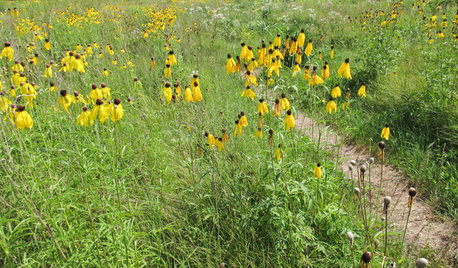
GARDENING GUIDESGreat Design Plant: Ratibida Pinnata Flutters in the Breeze
This bright coneflower brings splashes of yellow to eastern U.S. prairie gardens and perennial borders
Full Story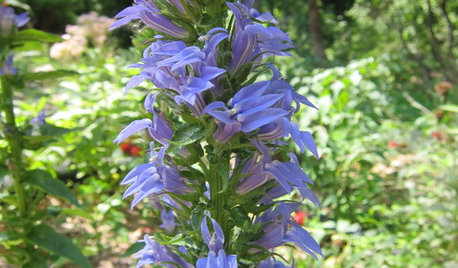
GARDENING GUIDESGreat Design Plant: Lobelia Siphilitica Keeps Its Cool
Great blue lobelia, a flowering native that prefers moist soil, adds a calming blue hue to the late-summer garden
Full Story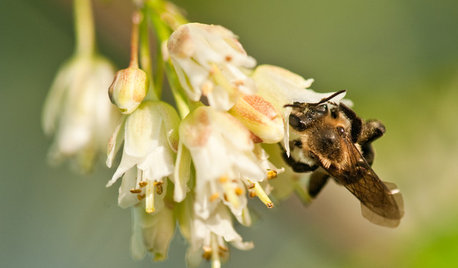
GARDENING GUIDESGreat Design Plant: Staphylea Trifolia Shines in the Shade
Plant American bladdernut for 3 seasons of interest: spring flowers and striped brown branches and bladder-like seedpods in fall and winter
Full Story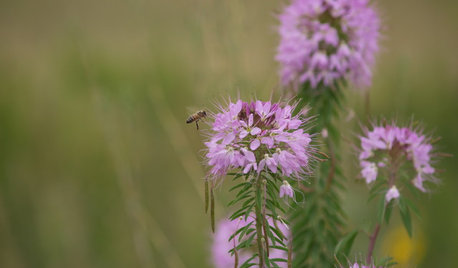
GARDENING GUIDESGreat Design Plant: Cleome Serrulata
Beckon bees and other pollinators in for a drink of nectar from this western U.S. native’s late-summer flowers
Full Story
GROUND COVERSNative Alternatives to English Ivy, Japanese Pachysandra and Periwinkle
These shade-loving ground covers are good for the environment and say something about where you are
Full Story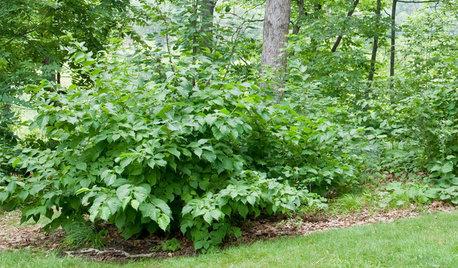
GARDENING GUIDESGreat Design Plant: Corylus Americana Awakens the Woodland Garden
Plant American hazelnut for three seasons of interest and to feed our furry and feathered friends
Full Story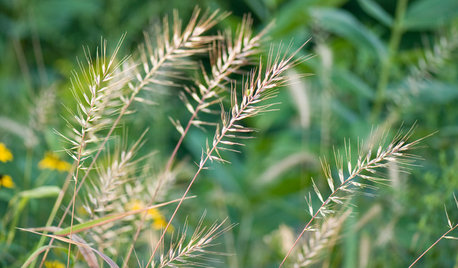
GARDENING GUIDESGreat Design Plant: Elymus Hystrix Thrives in Shade
Plant eastern bottlebrush grass in eastern U.S. woodlands or shade gardens for midsummer flower heads and blue-gray arching grass blades
Full Story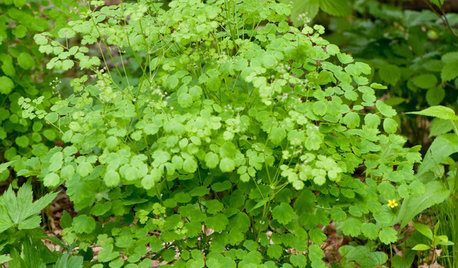
GARDENING GUIDESGreat Design Plant: Thalictrum Dioicum Thrives in Dry Shade
Plant early meadow-rue in eastern U.S. woodland gardens for its tolerance of dry sites and shade
Full StoryMore Discussions






Okiedawn OK Zone 7
ReedBaizeOriginal Author
Related Professionals
Surprise Landscape Architects & Landscape Designers · Barrington Landscape Contractors · Belmont Landscape Contractors · Canyon Lake Landscape Contractors · Clayton Landscape Contractors · Lynn Landscape Contractors · Saint Paul Landscape Contractors · Webster Groves Landscape Contractors · Crystal Lake Decks, Patios & Outdoor Enclosures · Fort Worth Decks, Patios & Outdoor Enclosures · Grandview Decks, Patios & Outdoor Enclosures · Green Bay Decks, Patios & Outdoor Enclosures · Redmond Decks, Patios & Outdoor Enclosures · West Bend Decks, Patios & Outdoor Enclosures · West Chicago Decks, Patios & Outdoor EnclosuresOkiedawn OK Zone 7
Okiedawn OK Zone 7
ReedBaizeOriginal Author
ReedBaizeOriginal Author
helenh
Okiedawn OK Zone 7
ReedBaizeOriginal Author
seedmama
ReedBaizeOriginal Author
luvabasil
ReedBaizeOriginal Author
luvabasil
ReedBaizeOriginal Author
Okiedawn OK Zone 7
ReedBaizeOriginal Author